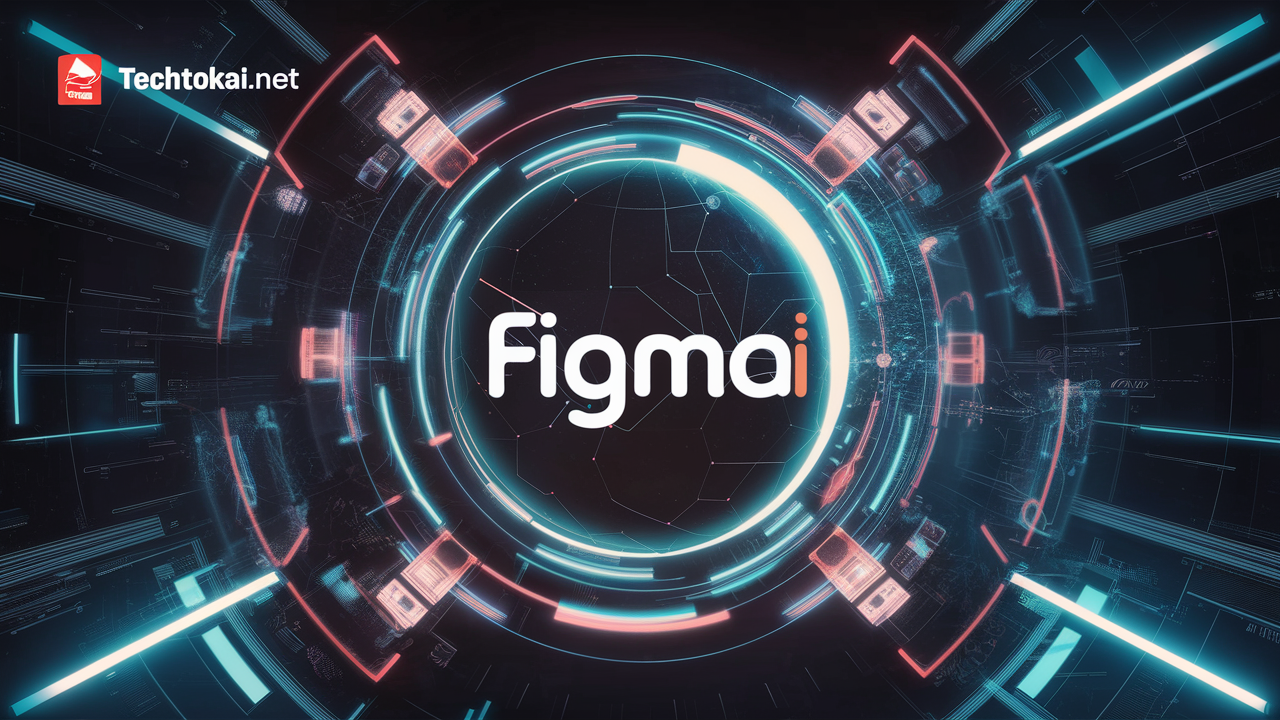Figma is reporting a lot of new highlights at today’s Config gathering, including a significant UI update, new generative artificial intelligence devices to assist with peopling all the more effectively make projects, and underlying slideshow usefulness.
We should begin with the upgrade, which is expected to “establish the groundwork for the following ten years,” as per a blog entry. You’ll see things like a new toolbar, adjusted corners, and 200 new symbols. As a feature of the plan revives, the organization needs to “center the material less around our UI and more on your work” and make something receptive to new clients while as yet being valuable to Figma specialists.
Figma says this is the organization’s third “critical upgrade” since Figma’s shut beta send-off. The new look is carried out as a feature of a restricted beta, and clients can join a shortlist if they have any desire to give it a shot.
Past the overhaul, the title includes expansion is new generative man-made intelligence instruments, which seem to be a helpful approach to rapidly get everything rolling with a plan. They’re fundamentally a Figma-centered variant of the “draft an email”- type computer-based intelligence instruments we’ve seen ordinarily.
In preparation, Figma boss item official Yuhki Yamashita showed me an illustration of how Figma could make an application plan for another café. A couple of moments after he composed the brief into a textbox, Figma modeled an application with menu postings, a tab bar, and even fastens for conveyance accomplices like Uber Eats and DoorDash. It seemed to be a nonexclusive versatile application model, however Yamashita had the option to begin tweaking it immediately.
In another model, Yamashita requested that Figma man-made intelligence turn up a plan for a recipe page for chocolate chip treats, and sufficiently sure, it did — including a man-made intelligence-produced picture of a treat. Over Zoom, it seemed to be a really precise picture, yet I can’t envision that an essential picture of a chocolate chip treat is hard for a computer-based intelligence generator to make.
Figma is likewise presenting computer-based intelligence that could end up being useful to accelerate little errands amazingly, for example, “Artificial intelligence improved” resource search and auto-produced message in plans rather than conventional Lorem ipsum placeholder message.
In a perfect world, all of the new Figma artificial intelligence devices will permit individuals who are fresher to Figma to test thoughts all the more effectively while letting the people who are all the more knowledgeable in the application repeat all the more rapidly, as per Yamashita. “We’re utilizing artificial intelligence to bring down the floor and raise the roof,” Yamashita says in a meeting with The Edge — something Chief Dylan Field has told The Edge too.
Figma simulated intelligence is sending off in a restricted beta starting on Wednesday, and intrigued clients can get on the shortlist. Figma says the beta time frame will go through the year’s end. While in beta, Figma’s man-made intelligence devices will be free, however, the organization says it could need to present “use limits.” Figma is likewise encouraging “clear direction on evaluating” when man-made intelligence includes authoritative send-off.
In a blog entry, Figma likewise explained its way of dealing with preparing its computer-based intelligence models. “The generative highlights all of us are sending off today are controlled by outsider, out-of-the-container artificial intelligence models and were not prepared on confidential Figma records or client information,” composes Kris Rasmussen, Figma’s CTO. “We calibrated visual and resource search with pictures of UIs from public, free Local area records.”
Rasmussen adds that Figma trains its models so they learn designs and “Figma-explicit ideas and instruments” however not from clients’ substance. Figma is likewise going to let Figma administrators control whether Figma can prepare “client content,” which incorporates “document content made in or transferred to Figma by a client, for example, layer names and properties, text and pictures, remarks, and comments,” as per Rasmussen.
Figma won’t begin preparing on this substance until August 15; notwithstanding, you ought to realize that Starter and Expert plans are of course selected to share this information, while Association and Undertaking plans are quit.
The organization is logical being explicit about how it prepares its artificial intelligence models on account of Adobe’s new terms of administration debacle, where the organization needed to explain that it wouldn’t prepare artificial intelligence on your work.
Notwithstanding the overhaul and the new computer-based intelligence highlights, Figma is adding a possibly extremely pragmatic new instrument: Figma Slides, a Google Slides-like element incorporated directly into Figma. Yamashita says that clients have proactively been hacking Figma to figure out how to make slides, so presently there’s an authority technique to fabricate and share introductions just inside the application.
There are a couple of Figma-explicit highlights that planners will probably appreciate. You’ll have the option to change plans you’ve remembered for the deck continuously utilizing Figma’s instruments. (Note that those changes will just show up in the deck — changes will not right now sync back to the first plan documents, however, Yamashita says that Figma needs to ultimately make that conceivable.)
You can likewise introduce an application model right from the deck, meaning you don’t have to make a tangled screen recording just to exhibit how one piece interfaces with another. You can likewise add intelligent elements for crowd individuals, similar to a survey or an arrangement scale, where individuals can plot on a reach on the off chance that they concur or contradict something.
Figma Slides will be accessible in open beta starting on Wednesday. It will be free while in beta yet will turn into a paid component when it formally dispatches. The organization is likewise adding new highlights for its engineer mode in Figma, including a “prepared for dev” task list.
The current year’s Config is the first since Adobe deserted its arranged $20 billion securing of Figma following an administrative investigation. With the disintegration of the consolidation, Adobe had to pay Figma a $1 billion separation charge.

